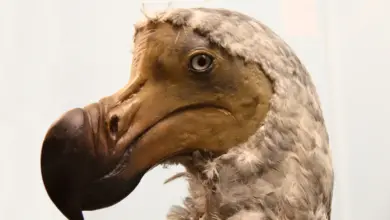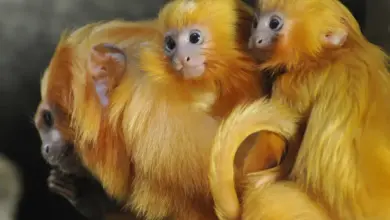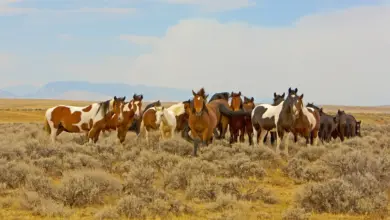Extinct Species Rediscovered
Lost And Found: Species Thought To Be Extinct Are Sometimes Discovered Alive
The Greenback Cutthroat Trout Reappears
Species are often divided into a number of subspecies, each of which is designed by nature to inhabit and enrich a subtly—or even vastly—different environmental niche. Such is the case of the many cutthroat trouts of America’s Rocky Mountain West, which are diverse enough to thrive in such disparate habitats as rivers rushing down from the coldest of mountains, and tiny streams tricking across sun-pounded alkali deserts.
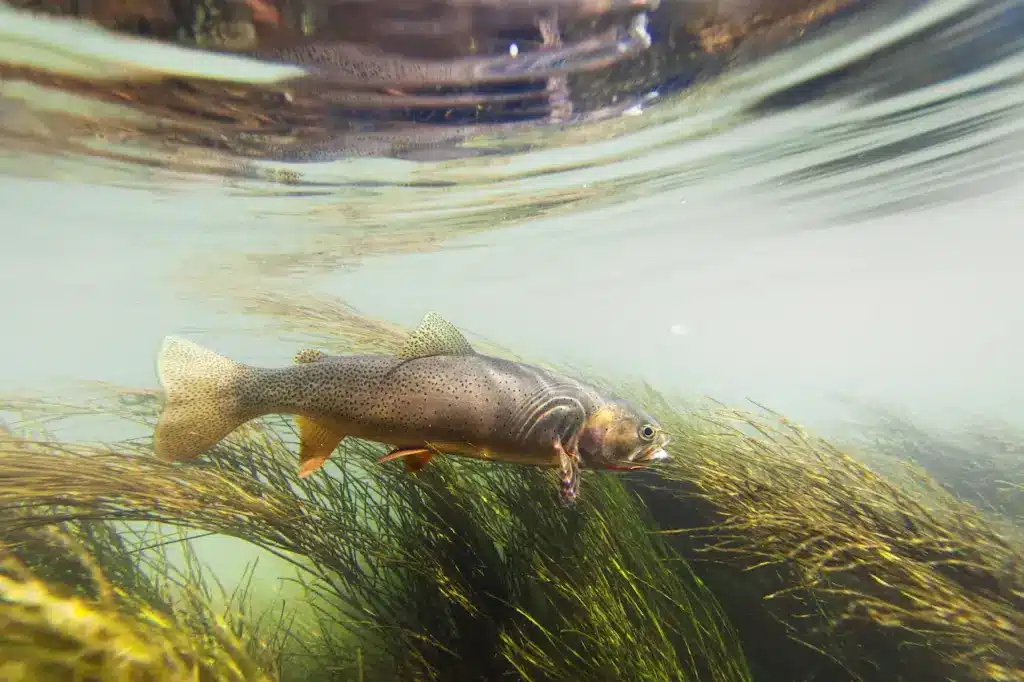
One of these subspecies is Colorado’s greenback cutthroat trout, which once was numerous enough to serve as a reliable food source for the first settlers in the Denver area. By the 1930s, however, the greenback was declared extinct—thought to have been completely wiped out by pollution resulting from mining and irrigation, as well as by overwhelming genetic competition from introduced rainbow trout, which not only reproduce faster than cutthroats, but readily interbreed with them to produce a “cuttbow” hybrid.
But the greenback cutthroat “came back from the dead” in 1969 when a dedicated fisheries biologist named Dr. Robert Behnke rediscovered some of them in an isolated Colorado stream. These hardy survivors were subsequently used to repopulate a number of streams and lakes from which competing species of trout had first been carefully removed—an effort that has been so successful that the greenback’s status under the U.S. Endangered Species Act has been downlisted from “Endangered” to merely “Threatened.”
A Flightless Parrot Waddles Back From The Brink
There are so few Kakapo parrots remaining—around 120—that all of them have been given names by the dedicated people who look after them. But being small in number is decidedly preferable to extinction, which, until 1970, was what was thought to have happened to the world’s heaviest, and only flightless, parrot.
Until the arrival of the first people in New Zealand, the kakapo had no use for its wings, as there were no terrestrial predators—no mammals, or even marsupials—and all the food it needed was right there on the ground. Living was easy, and as a result, over the course of millennia, the kakapo gave up the habit of flying, put on a little weight, and occupied most of New Zealand’s two main islands. Flightlessness continued to suit the species just fine until Europeans arrived in the 1800s, accompanied by such predators as cats and rats, which quickly went feral, and before which the placid, pedestrian kakapo was a almost literally a sitting duck.
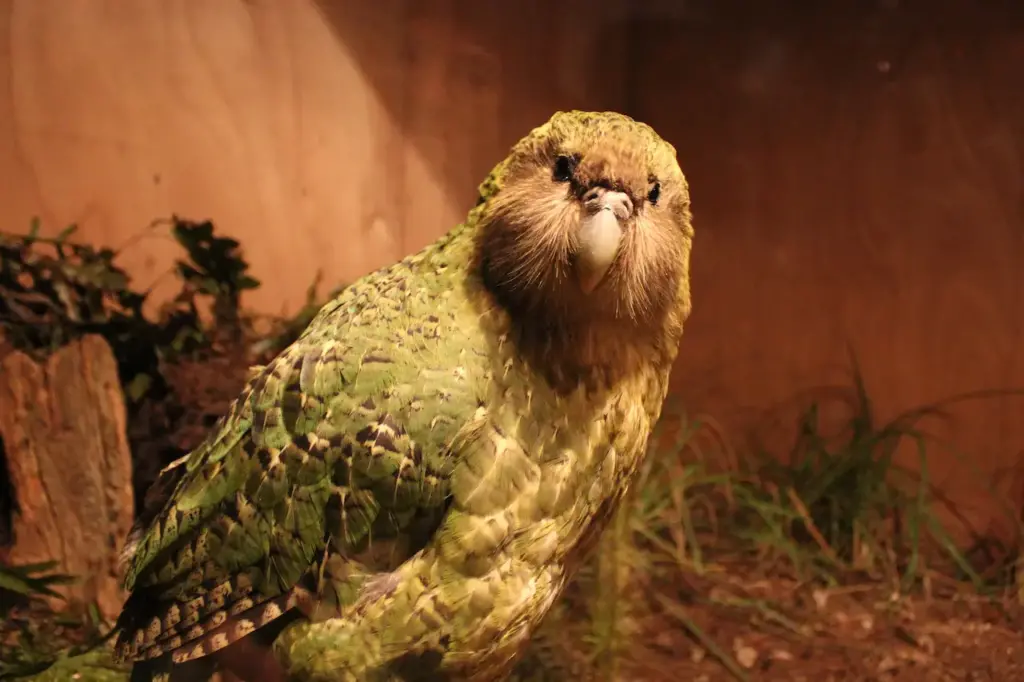
The species was thought to have gone extinct by the first half of the twentieth century. Then, in 1970s, a couple of small populations turned up on isolated, offshore islands. However, the celebration soon turned to horror as conservationists realized that heavy predation on kakapo chicks by cats and Polynesian rats continued to drive the species ever closer to complete disappearance. Since then, the birds have been relocated to islands thought to contain fewer predators, and a captive breeding program has helped enhance their number.
With luck, the kakapo will remain with us for decades, even centuries, to come. Photo Credit: Mnolf
“Extinct” Frogs Re-Emerge Half A World Apart
It is easier to lose track of a frog than it is most other types of animals. Most frogs are small, after all, and can easily hide in the weeds of swampy areas unfrequented by humans. In addition, the entire populations of many tropical and subtropical frog species occupy very small habitats—sometimes of just a few square miles. In fact, biologists think that a lot of frog species hiding out in remote areas have yet to be discovered.
In recent decades, an alarming number of known species of frogs and toads have gone extinct as the result of global climate change combined with a fatal fungal illness called Chytridiomycosis that has been spreading around the world, possibly as a result of the international pet trade, which continues to transfer thousands of amphibians among the continents. Most of these extinctions have, of course, like death itself, been of the permanent variety. But in a few fortunate cases, species have vanished and been declared extinct, only to reappear again.
One such resurrected species is the green-eyed frog of Costa Rica, which was one of a number of amphibians, including the golden toad, to suddenly disappear from the mountainous cloud forests of Costa Rica during a wave of tropical frog extinctions in the 1980s. In 2002, a pair of optimistic researchers entered Costa Rica’s Monteverde Cloud Forest Reserve in hopes of finding a trace of the green-eyed frog—and were rewarded with the sound of a lone male singing high on a tree branch. They were successful in capturing the frog, and since then, decent numbers of them have been spotted.
Unfortunately, the golden toad and many other Central and South American species are still missing, and most likely will never be seen again.
Another happy story is that of Australia’s yellow-spotted bell frog, also called the tablelands bell frog, which in 1975 was thought to have croaked its last for all eternity, pushed into extinction by agricultural activities in its native habitat.
Then, in 2010, a pair of biologists were excited to find some yellow-spotted bell frogs in a creek bed on private land. The discovery caused great excitement, with a local politician even declaring that the frog’s reappearance was every bit as thrilling as would be a verified sighting of a much more well-known extinct Australian animal—the Tasmanian wolf. More importantly, steps are now being taken to prevent future rumors of the yellow-spotted bell frog’s extinction.
